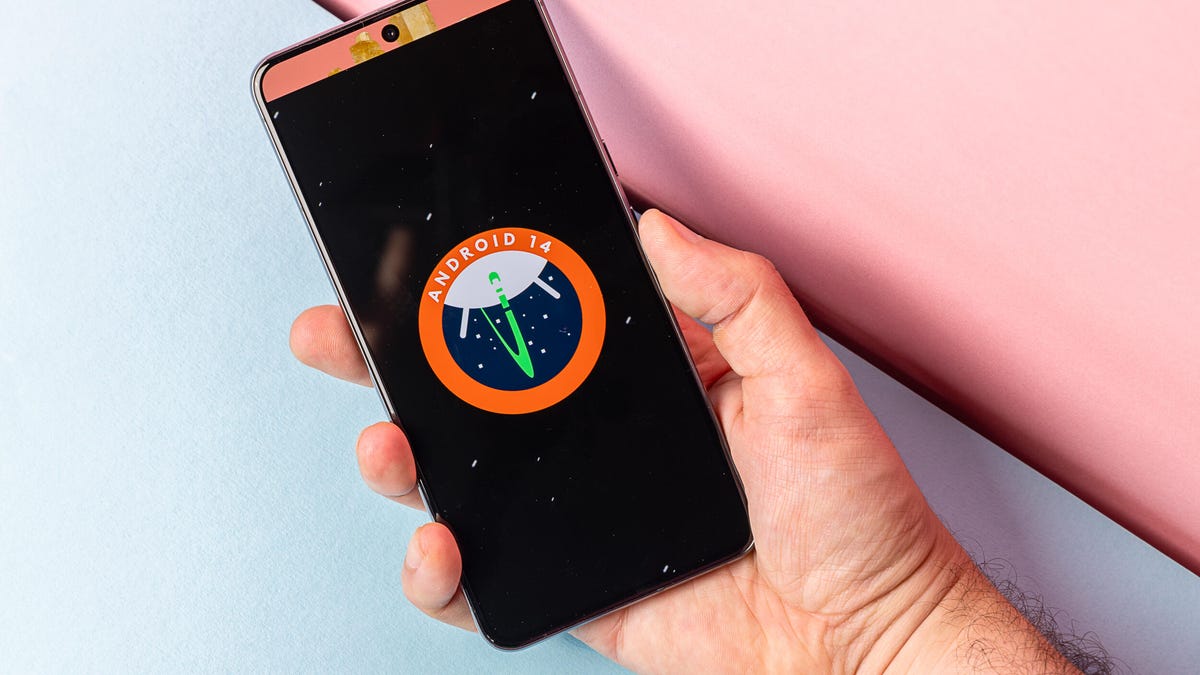Google Pixel 9 Rumored to Get Satellite Connectivity, Too
The phone's rumored Tensor G4 chipset may use a Samsung modem that enables communication via satellites.

The Google Pixel 8 Pro (pictured) could be followed by the Pixel 9.
The next flagship Google phone, likely called the Pixel 9, could come with more connectivity capabilities, including sending messages through satellites, if a new rumor is proved true.
The Google Pixel 9 will use the next generation of its in-house Tensor chipset, the Tensor G4, which will have a Samsung Exynos 5400 modem, an anonymous source at Google told Android Authority Sunday. While it isn't too surprising to hear Google may stick with an Exynos modem -- last year's Pixel 8 and the preceding Pixel 7 use an Exynos 5300 modem -- it does suggests the Pixel 9 will be able to connect through satellites.
To date, only Apple's iPhones have widely been able to communicate through satellites, which use the proprietary Emergency SOS system to send text messages relayed through Apple-manned operators to summon emergency services. Chipmaker Qualcomm unveiled Snapdragon Satellite at CES 2023 as a proprietary solution that manufacturers could opt to install in their phones, though none did and the offering was quietly shuttered at the end of last year.
Read more: Satellite Messaging: The 2023 Phones Trend That Wasn't (Yet)
Apple's Emergency SOS aside, the trend of satellite connectivity seems like it will follow a slower and more open pathway. At the MWC show in March, Qualcomm debuted its Snapdragon X80 modem, which supports the general NB-NTN (nonterrestrial network) standard of satellite connectivity within the 3GPP Release 17 set of communication standards, along with some future standards coming in the unfinalized Release 18. In short, this should open up devices that use the modem to many more satellite systems.
Samsung unveiled the Exynos 5400 ahead of MWC 2024, focusing on 5G advancements without specifically clarifying its satellite capabilities. The Exynos 5400 will support the same Release 17 NTN standards, according to Android Authority's source, though the site didn't offer any additional specs or other information to suggest how Samsung's newest modem may improve the Pixel 9's conventional wireless connectivity. Pixel owners have complained about erratic connectivity in recent models, as Android Police noted, and attributed it to the Exynos modems, which Google switched to using in the Pixel 6 to pair with its Tensor chipsets rather than the Qualcomm modems it had used in its prior devices.
Android Authority's source did suggest that the Exynos 5400 would be paired with other devices slated to use the Tensor G4 beyond the Pixel 9 -- including the next generation of Pixel Fold devices as well as a 5G tablet, codenamed "Clementine," which Google is purportedly in the early stages of developing. Presumably, these devices will be able to connect through satellites as well.
Samsung hasn't elaborated on any satellite connectivity capabilities of the Exynos 5400, though satellite network company Skylo did certify the modem for use with its satellites shortly after MWC 2024. The year before, Samsung announced that it had simulated satellite communications using its Exynos 5300 modem and planned to incorporate two-way texting as well as exchanging images and video over satellite into future modems.
Neither Samsung nor Google responded to a request for comment by time of publication.
While last year may not have been the year of satellite-to-phone connectivity that I originally anticipated at the outset of 2023, the potential of using satellites to boost connectivity in remote areas outside the range of mobile networks remains promising. For now, Apple retains its advantage and Emergency SOS is another feather in the iPhone's cap, but it's still only usable in an emergency and only carries text. Future connectivity solutions, like the as-yet unrealized satellite systems proposed by Verizon, T-Mobile and AT&T, seek to let users send multimedia messages and make voice and video calls beyond mobile networks.

